How to Gain Customer Loyalty and Trust Through Design
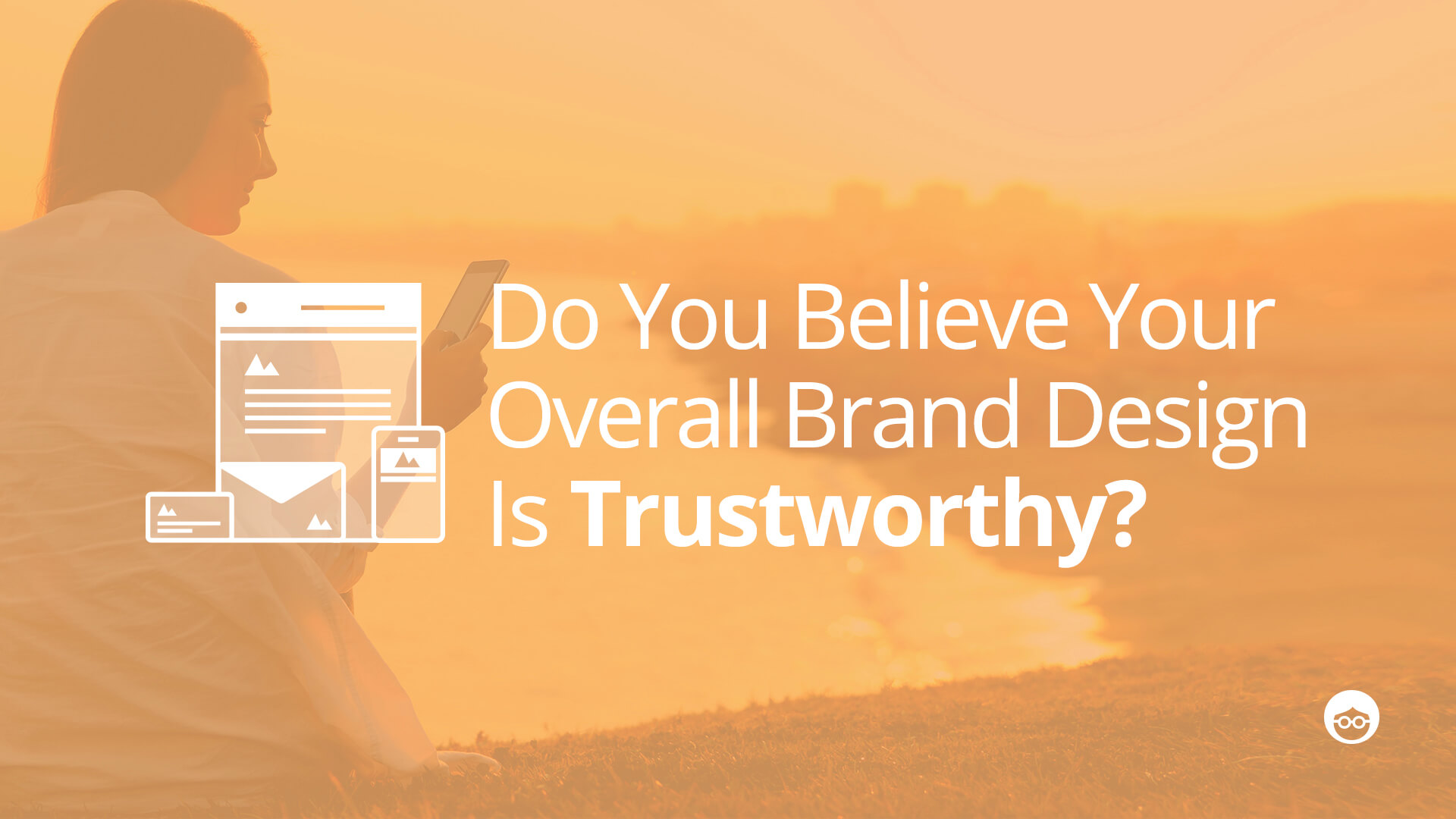
How do you feel about gaining the trust and confidence of your audiences?
Top brands know trust to be a key component in any successful business model. So much so that they often direct their marketing and design efforts toward gaining customer loyalty.
While it’s true that customers trust your brand from your overall performance and track record, as well as their experience with your products, it can also come through your brand identity.
Everything from the design of your website and logo, to your banner ads, all have an impact on your customers. These elements can encourage them to become not only regular customers but also brand loyalists.
What does trust mean for your brand?
When a consumer comes across your brand, you have a unique opportunity to make an impact on their subconscious through design. Even quick interactions enable your consumer to form their brand opinions – whether they believe in your messaging or not.
To gain your customers’ trust and confidence towards your brand, be sure to:
- Exhibit ethical practices.
- Be clear and concise.
- Meet the needs of the customer as advertised.
- Advertise how your clients’ personal data is secure through encryption.
- Touch the hearts of your audiences.
If potential customers feel you’re not trustworthy, they may avoid your brand, which is why establishing customer’s trust in your brand should be a key part of your marketing strategy.
Images
Research shows that users form their opinion about a website they visit in just 50 milliseconds. This means that you, as a brand, are given less than a second to make a positive impression on your target audience.
This shows how short their attention span is and how quickly your brand needs to capture their attention.
Images are a 100% effective way to attract attention. Use images that sync with your brand’s message and provoke your audience to think and respond favorably.
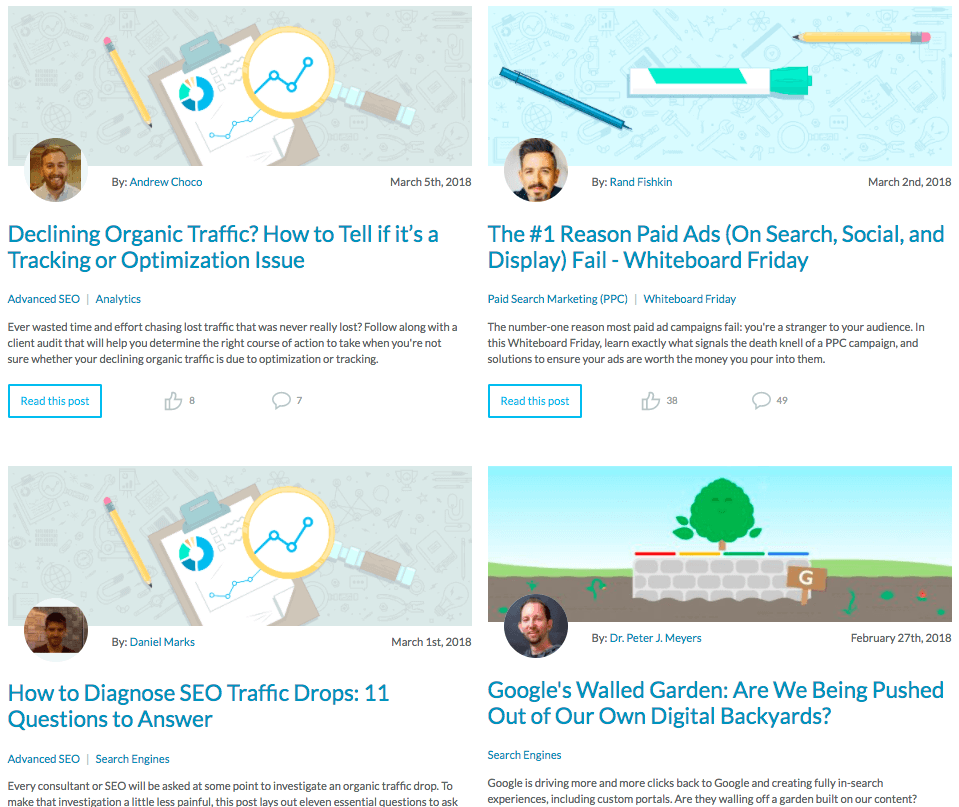
It’s better to have visuals provided on the website in your brand’s “style.” It will not only make it much more attractive but also increase the recognizability of your brand. The imagery or symbols you use in your advertisements or on your website must also relate to your audiences.
Simplicity is key and can help in establishing trust, whereas clutter creates more chaos.
Testimonials
If you want to make your audience believe in your brand, you need to show testimonials that are authentic and from real customers. Showcase customer feedbacks that are genuine, honest and helpful for future customers to read.
Here is a great example of SE Ranking that proves an importance of achievements and awards received. The test showed that among those who saw this block of awards increased paid registrations by 17%.
Be sure to share your testimonials on social media since that’s where most people look for product reviews before trying it out for themselves.
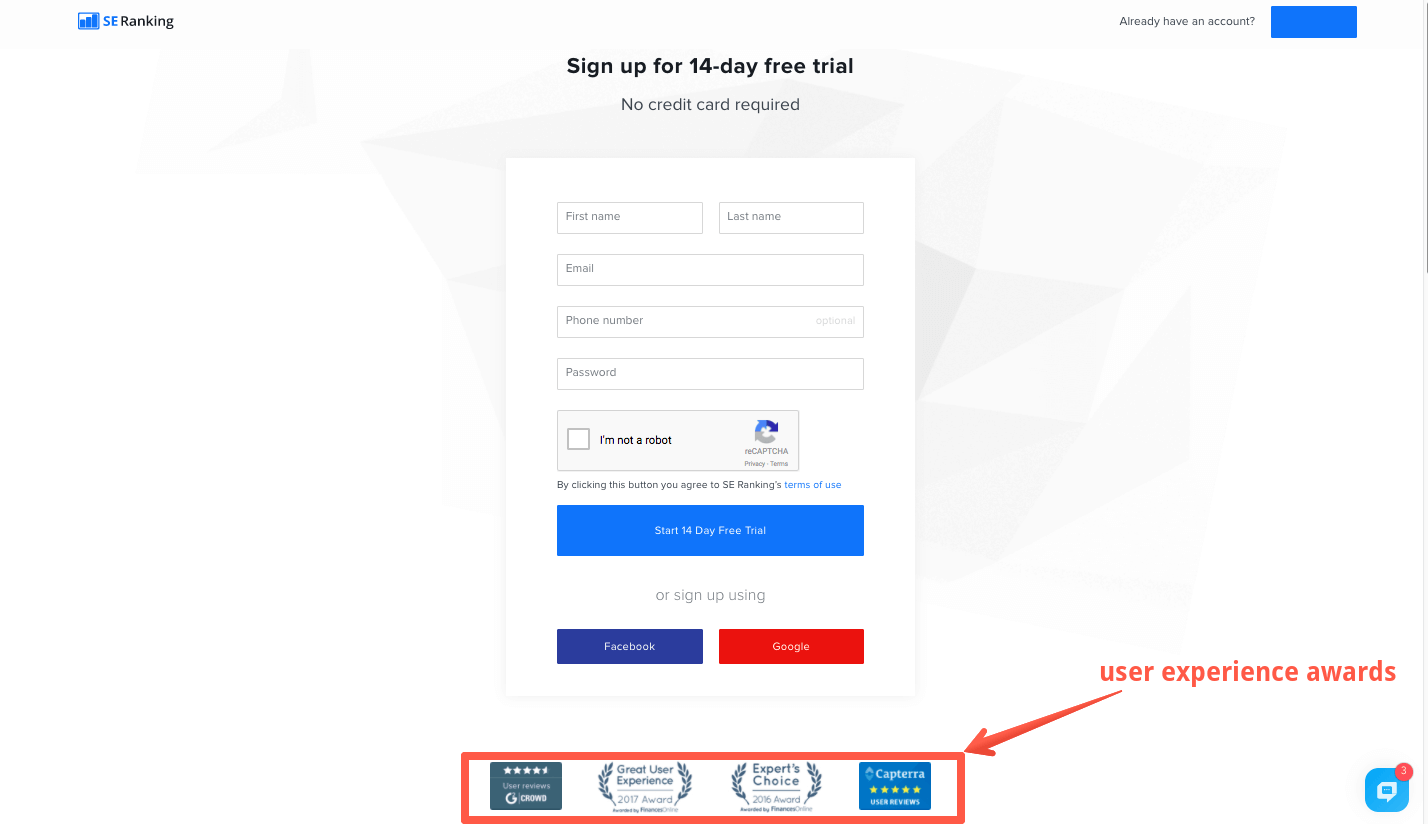
Content and Language
You can instantly establish trust with your audience with the help of content. Using powerful language can leave a lasting impact.
Make sure your copy is concise, clean, and free from all grammatical errors (which could ruin the overall design of your website or ad!).
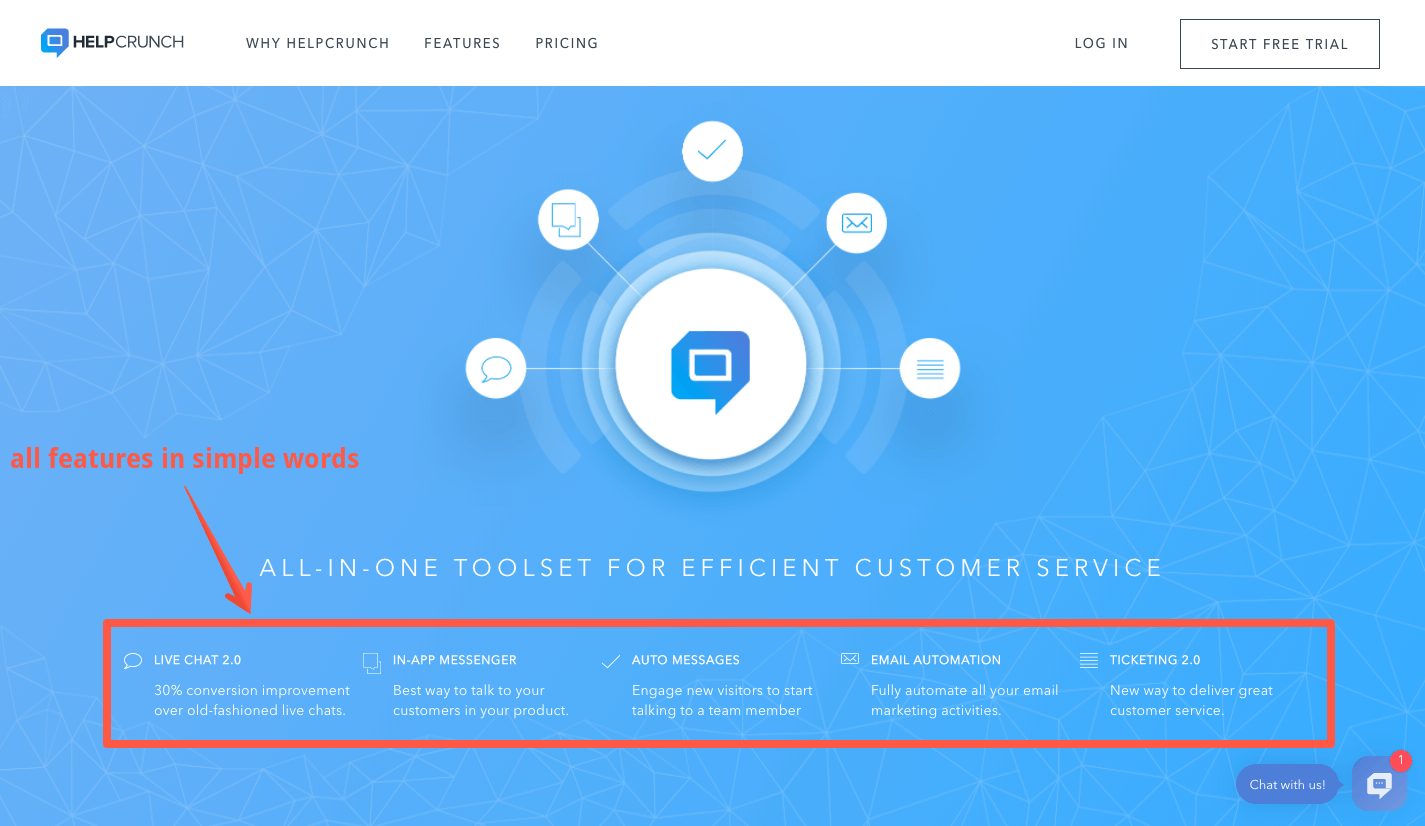
Your copy must create a good sense of trust and security for your audience. Convey your message in a plain simple language that is easy to read and understand.
Use the Right Colors
Colors are extremely powerful and have a great impact on your target audience. And different colors evoke different emotions. Blue is considered to be the most popular color for business because it evokes trust.
The majority of multinational companies and banks use the color blue in their logos due to this trust factor.
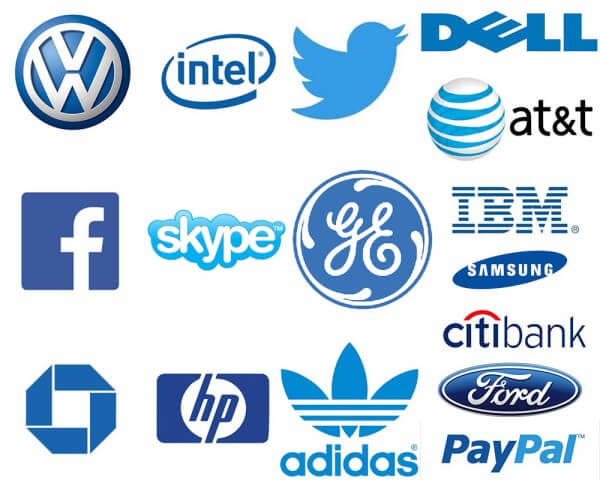
Security
Last, but not least, your brand should convey its regard for privacy and security. You need to assure your audience that your website is safe for making online purchases and that their information will be protected.
Your website design should carry a security feature that ensures secure financial transactions online, using HTTPS, SSL certificates, etc., that show their information is being transferred across a safe portal that protects their information from all types of security threats.
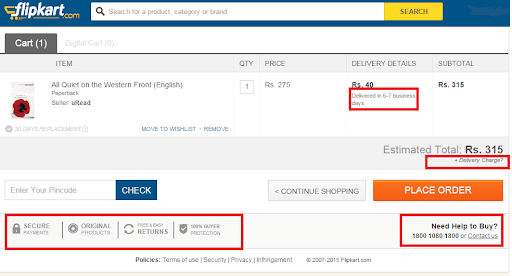
Conclusion
Circling back to your design and brand identity, do you believe your overall brand design is trustworthy? If not, what elements do you think you need to work on? Do you need to use the different colors or reword your messaging?
Little things to consider as you’re developing trust and loyalty with your customers.



